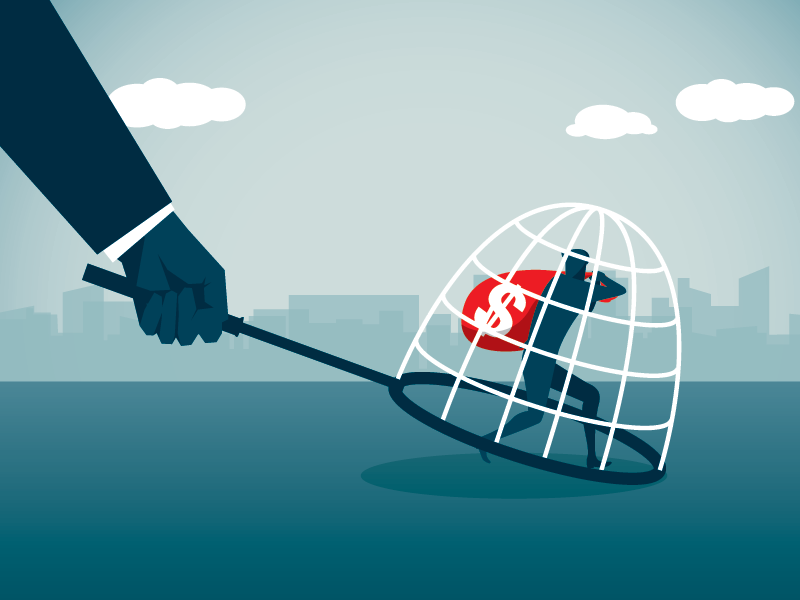
A second man has been sentenced to jail time in connection with an apparent Ponzi scheme that allegedly raised $31 million from investors to participate in an algorithmic trading strategy, which promised high returns.
Earlier this year, an Ontario court ordered Kevin Carmichael, a director and officer of Strike Holdings Inc., to pay $22.7 million in restitution to investors, and sentenced him to four years in jail for his role in the scheme — which allegedly diverted more than $11 million worth of investor money for personal use, and used most of the rest to pay returns to certain investors, and on fees and expenses related to the scheme.
Now, another director and officer of Strike Holdings, and a related company, KM Strike Management, Michael Aonso of Mississauga, Ont., has been sentenced to 90 days in jail by the Ontario Court of Justice.
Aonso previously pleaded guilty to unregistered trading and illegally distributing the securities of Strike Holdings, whereas Carmichael pleaded guilty to securities fraud and making misleading statements to investors.
The Ontario Securities Commission (OSC) investigated the case, which led to the charges.
“Between the actions of Mr. Aonso and Mr. Carmichael, they prioritized their own interests over those of Ontario’s investors. These breaches of the registration and prospectus requirements helped facilitate fraud that robbed innocent investors of millions in savings,” said Bonnie Lysyk, executive vice-president, enforcement, at the OSC, in a release.
Charges laid under the Securities Act are prosecuted by the OSC, while criminal charges are prosecuted by the Ministry of the Attorney General.